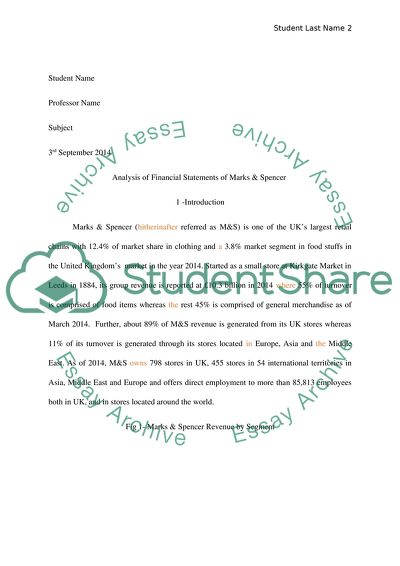Cite this document
(“Critically assess the value, to a shareholder, of the information in Essay”, n.d.)
Retrieved from https://studentshare.org/finance-accounting/1656018-critically-assess-the-value-to-a-shareholder-of-the-information-in-the-finacial-statement
Retrieved from https://studentshare.org/finance-accounting/1656018-critically-assess-the-value-to-a-shareholder-of-the-information-in-the-finacial-statement
(Critically Assess the Value, to a Shareholder, of the Information in Essay)
https://studentshare.org/finance-accounting/1656018-critically-assess-the-value-to-a-shareholder-of-the-information-in-the-finacial-statement.
https://studentshare.org/finance-accounting/1656018-critically-assess-the-value-to-a-shareholder-of-the-information-in-the-finacial-statement.
“Critically Assess the Value, to a Shareholder, of the Information in Essay”, n.d. https://studentshare.org/finance-accounting/1656018-critically-assess-the-value-to-a-shareholder-of-the-information-in-the-finacial-statement.


